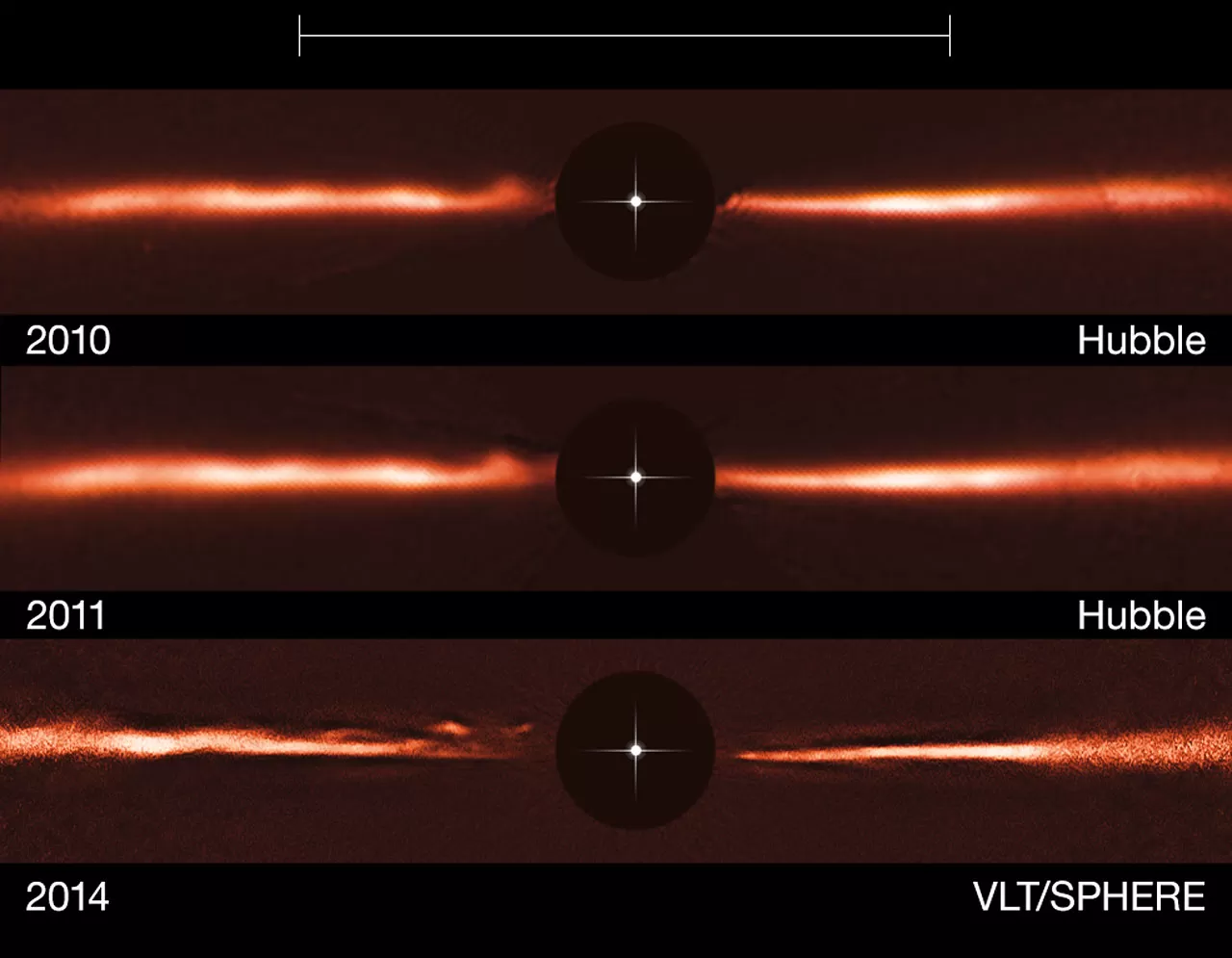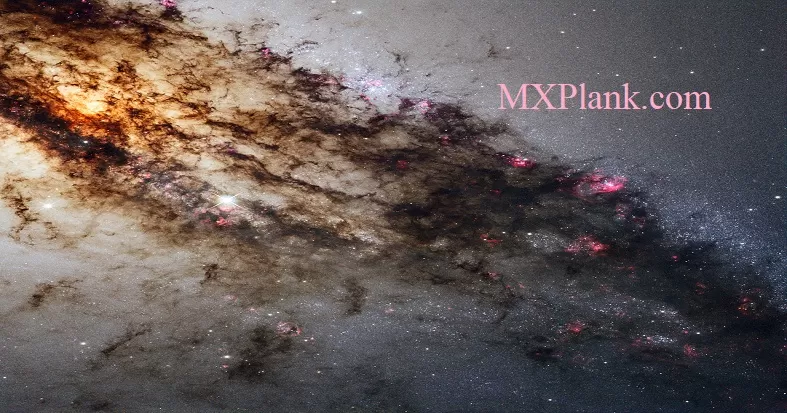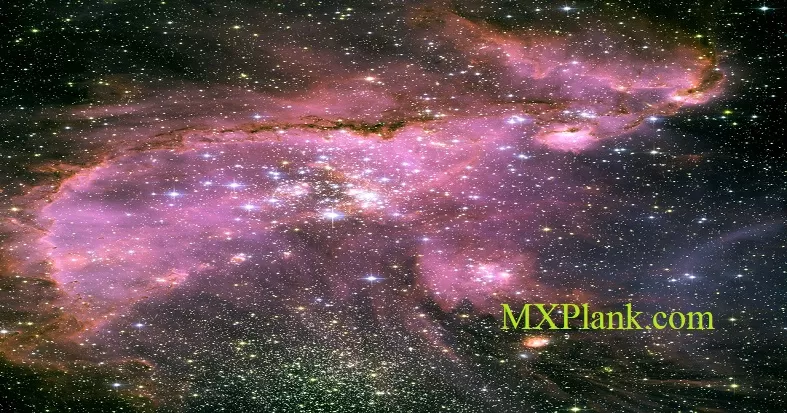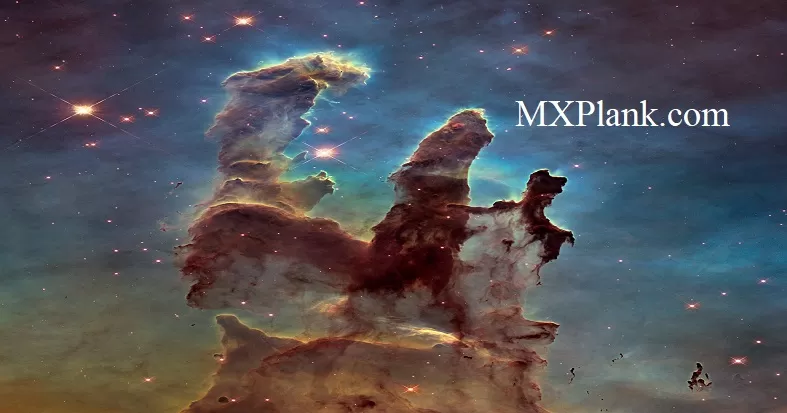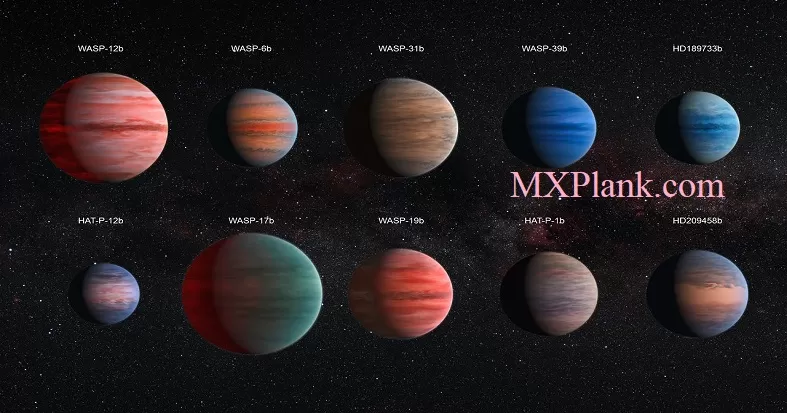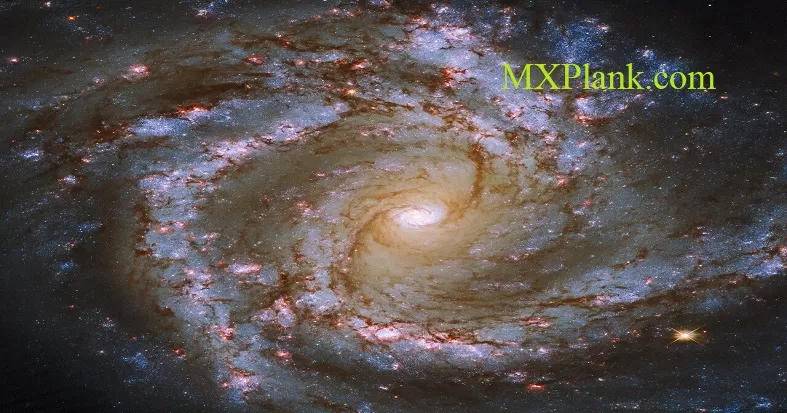Nuclear Fission
Nuclear energy is produced by the conversion of a small amount of the mass of the nucleus of an atom into energy. In principle, all mass and energy are equivalent in a proportion defined by Albert Einstein's famous equation
E = mc2
where E stands for energy, m for mass and c for the speed of light. Since the speed of light is a very large number-300 million meters per second-a small amount of mass is equivalent to a very large amount of energy. For instance, one kilogram (about 2.2 pounds) of matter is equivalent to
E = 1 kg x (3 x 108 meters/sec)2 = 1 x 3 x 108 x 3 x 108 joules = 9 x 1016 joules
This is a huge of amount of energy, equivalent to the energy content of over three million metric tons of coal.
Heavy atoms such as uranium or plutonium can be split by bombarding them with neutrons. [2] The resultant fragments, called fission products, are of intermediate atomic weight, and have a combined mass that is slightly smaller than the original nucleus. The difference appears as energy. As explained in the previous section, this mass difference arises from the binding energy characteristics of heavy elements compared to elements of intermediate atomic weight. Since the binding energy of the fission products per nucleon is higher, their total nucleonic mass is lower. The net result is that fission converts some of the mass of the heavy nucleus into energy.
The energy and mass aspects of the fission process can be explained mathematically as follows. Let the total binding energy of the heavy nucleus and the two fission products be Bh, Bf1, and Bf2, respectively. Then:
Amount of energy released per fission Er = (Bf1 + Bf2) - Bh
Amount of mass converted to energy = Er/c2 = {(Bf1 + Bf2) - Bh}/ c2
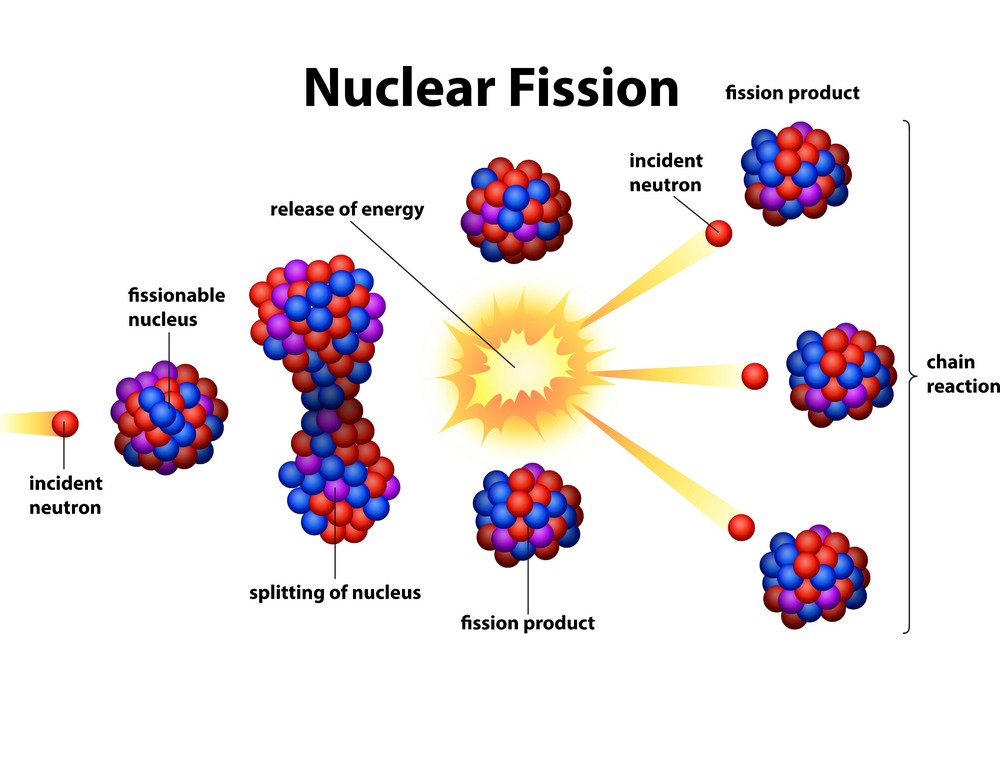
This energy appears in various forms: the kinetic energy of the neutrons, the vibrational energy of the fission fragments, and gamma radiation. All of these forms of energy are converted to heat by absorption in with the surrounding media in the reactor, mainly the coolant and the moderator (for thermal reactors). The most basic fission reaction in nuclear reactors involves the splitting of the nucleus of uranium-235 when it is struck by a neutron. The uranium-235 first absorbs the neutron to yield uranium-236, and most of these U-236 nuclei split into two fission fragments. Fission reactions typically also release two to four neutrons (depending on the speed on the neutrons inducing the fission and probabilistic factors). One of these neutrons must trigger another fission for a sustained chain reaction. The fission reactions in a nuclear reactor can be written generically as follows:
U-235 + n ==> U-236
U-236 ===> fission fragments + 2 to 4 neutrons + 200 MeV energy (approx.)
The uranium-236 nucleus does not split evenly into equal fission fragments. Rather, the tendency, especially with fission induced by thermal neutrons, is for one fragment to be considerably lighter than the other. Figure 9 (not available in on-line version of report) shows the distribution of fission products due to fission with the slow neutrons and fast neutrons. It can be seen that the fission product atomic numbers are concentrated in the ranges from about 80 to 105 and from about 130 to 150 in thermal reactors. An example of a fission reaction is:
92-U-235 + n ==> 92-U-236
92-U-236 ===> 38-strontium-90 + 54-xenon-144 + 2 neutrons + energy
While many heavy nuclei can be fissioned with fast neutrons, only a few can be fissioned with "slow" neutrons. It turns out that, with some exceptions, like plutonium-240, only nuclei that can be fissioned with slow neutrons can be used for sustaining chain reactions. Isotopes with nuclei that can be fissioned with zero energy neutrons (in practice neutrons with low energy, or "slow neutrons") are called fissile materials. Generally these are the odd-numbered isotopes, such as uranium-233, uranium-235, plutonium-239, and plutonium-241. Other heavy nuclei, like uranium-238, can be fissioned with fast neutrons, and so are fissionable, but not fissile.
There are only three fissile isotopes of practical importance: uranium-233, uranium-235, and plutonium-239. Of these, only uranium-235 occurs naturally in significant quantities. The other two occur in trace quantities only.

